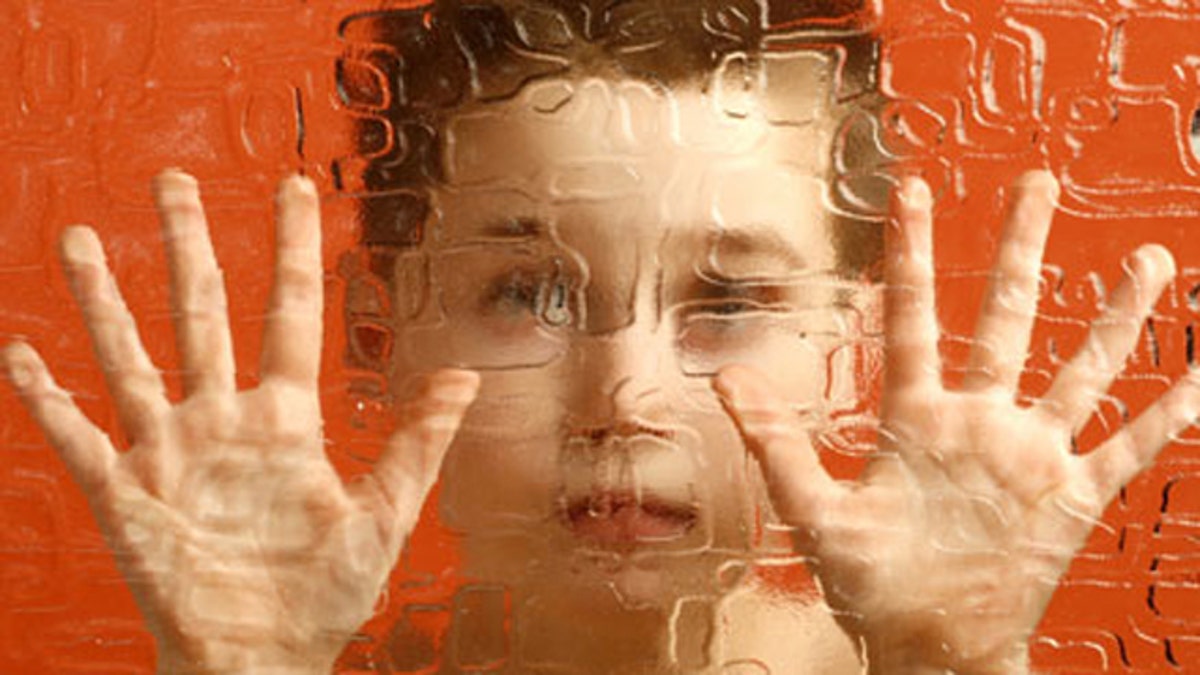
(iStock)
A national U.K. survey out Monday found no traces of an "autism epidemic," despite earlier reports that the developmental disorder has been rising quickly in recent decades.
Researchers found nearly one percent of Britons older than 16 years have autism, a rate that is similar to that seen in children. Younger people were no more likely to be affected than older ones, however, which would have been expected if the condition were truly on the increase.
"It was surprising to all of us," said Dr. Traolach Brugha, a psychiatrist at the University of Leicester, who worked on the study. "If this study is correct, it does put a big question mark over the autism epidemic."
The new survey, which is published in the Archives of General Psychiatry, is the first to give an estimate of autism rates among adults in the general community.
Autism spectrum disorders, which range from mild Asperger's Syndrome to severe mental retardation and social disability, affect nearly one percent — about one in 110 children — in the U.S. as well, according to the Centers for Disease Control and Prevention.
The CDC estimated in 2009 that autism rates in the U.S. had gone up dramatically since 2002. In the U.K., older surveys that found much lower rates of autism also seemed to suggest an increase in recent years.
Fears that the condition is becoming more and more common in children have launched both researchers and parents on a fierce search for the underlying reasons.
So far those efforts haven't paid off, however, and the much-reported claim that childhood vaccines could be the culprit has been widely discredited.
In fact, more and more research hints that some if not all of the increase in autism may be due to changes in how, and how often, the disorder is diagnosed. Kids who used to be classified as mentally retarded or just plain eccentric, for instance, might now get an autism-spectrum label instead.
"That simply means more people are coming forth and being recognized," Brugha told Reuters Health.
The researchers used data from the third national Adult Psychiatric Morbidity Survey, which was carried out in the U.K. in 2007.
Slightly more than half of the 13,171 households contacted agreed to take part in the study. First, they filled out an autism screening questionnaire, which was used to select those who'd undergo a face-to-face clinical assessment called the Autism Diagnostic Observation Schedule.
Overall, the researchers found 19 participants with autism out of a group of 2,828, corresponding to 9.8 per 1,000 adults, but there were no reliable signs that age had any influence on that rate.
Eighteen per 1,000 men got the diagnosis, compared to only two per 1,000 women. People with autism were more likely to live in government housing and have less education than others.
Brugha said he was confident in the results, but that they should still be confirmed in other studies given the small number of people with autism found in this study.
Ha added that he had been disappointed to discover that none of those who got the diagnosis based on the study's clinical assessment were aware of their condition.
"None of them had been diagnosed (previously) with autism," he said. "I think for me the issue is that people have been ignoring autism in adulthood and only focusing on children."
